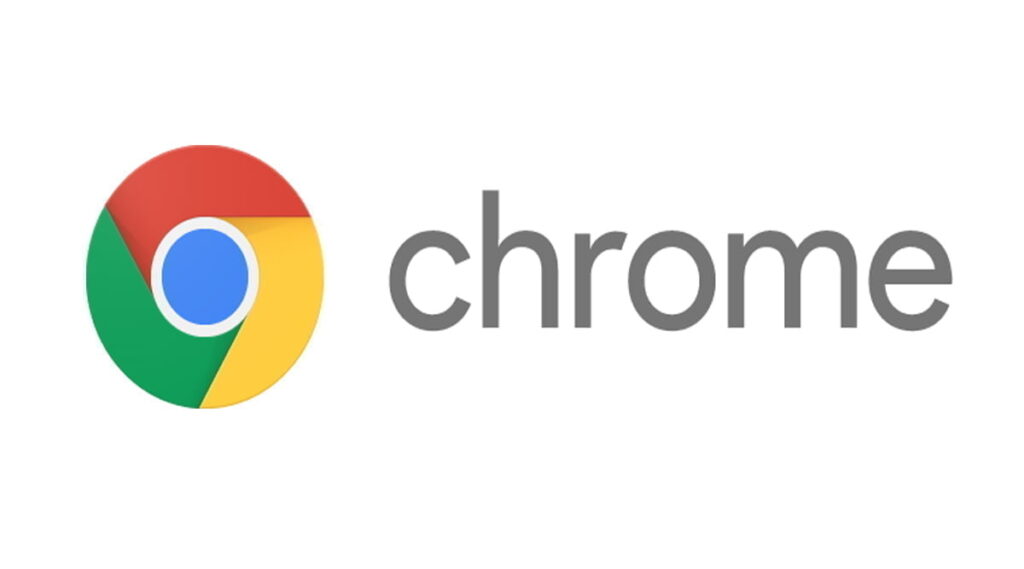Chrome will start blocking ads that use more CPU or network bandwidth starting in August 2020. Ads that use an excessive share of device resources can drain battery life and strain network usage.

Marshall Vale, Product Manager, Chrome wrote in a blog post, “We have recently discovered that a fraction of a percent of ads consume a disproportionate share of device resources, such as battery and network data, without the user knowing about it. These ads (such as those that mine cryptocurrency, are poorly programmed, or are unoptimized for network usage) can drain battery life, saturate already strained networks, and cost money.”
Chrome will limit the resources that an ad can use before the user interacts with the ad. The browser will block the ad if an ad uses more than 4MB of network data or 15 seconds of CPU usage in any 30 second period, or 60 seconds of total CPU usage. When an ad reaches its limit, the ad frame will redirect to an error page and will inform the user that the ad has used too many resources. According to Google, only 0.3% of ads surpass this limit today, they account for 27% of network data used by ads and 28% of all ad CPU usage.
Chromium developers will test this feature over the coming months and plan to launch on the Chrome stable version by the end of August 2020. Chrome developers are also giving enough time to ad creators to modify ads to ensure the ads remain within the limit.







